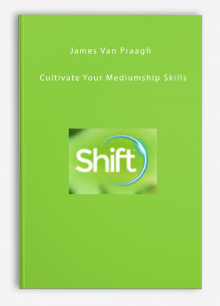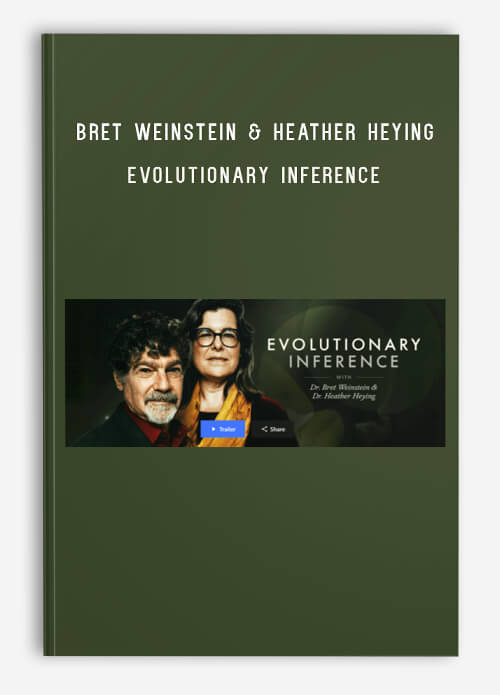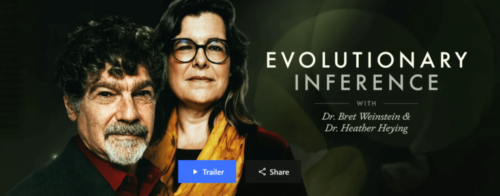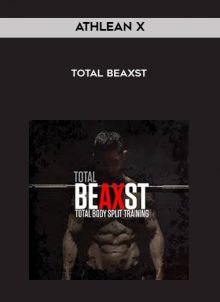-
×
 International Marketing Foundations
1 × $15.00
International Marketing Foundations
1 × $15.00 -
×
 Cultivate Your Mediumship Skills by James Van Praagh
1 × $89.00
Cultivate Your Mediumship Skills by James Van Praagh
1 × $89.00 -
×
 Dale Sellers - Life Mastery Class 20 - The Awakening and Final Test
1 × $15.00
Dale Sellers - Life Mastery Class 20 - The Awakening and Final Test
1 × $15.00 -
×
![Copy Hackers [Joanna Wiebe] – Email Copywriting](https://salaedu.info/wp-content/uploads/2017/02/Copy-Hackers-Joanna-Wiebe-–-Email-Copywriting-220x306.jpg) Email Copywriting from Copy Hackers [Joanna Wiebe]
1 × $47.00
Email Copywriting from Copy Hackers [Joanna Wiebe]
1 × $47.00 -
×
 Ultimate Guide To Swing Trading ETF’s
1 × $39.00
Ultimate Guide To Swing Trading ETF’s
1 × $39.00 -
×
 Walter VanHelder - 29 Ne-Waza Techniques of Kodokan Judo
1 × $44.00
Walter VanHelder - 29 Ne-Waza Techniques of Kodokan Judo
1 × $44.00
Subtotal: $249.00



















Reviews
There are no reviews yet.